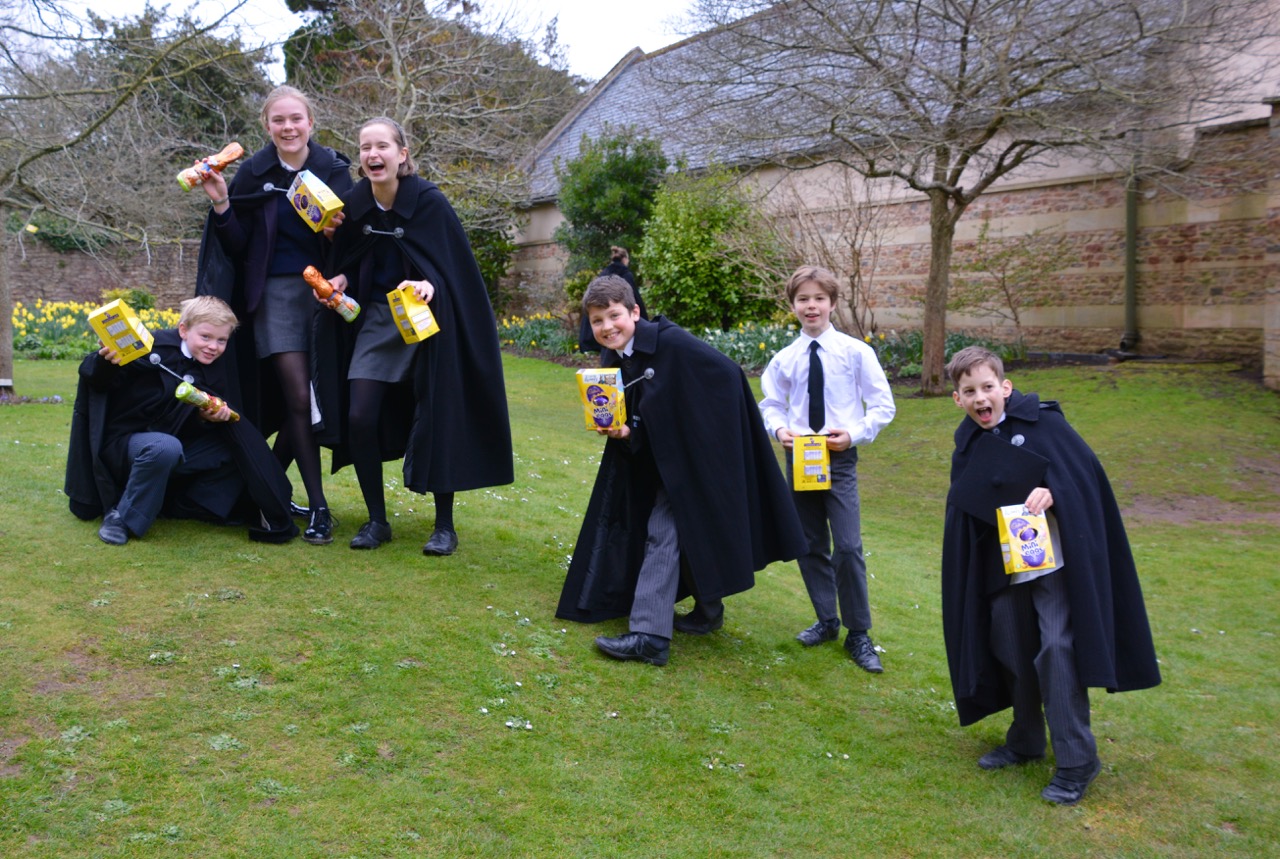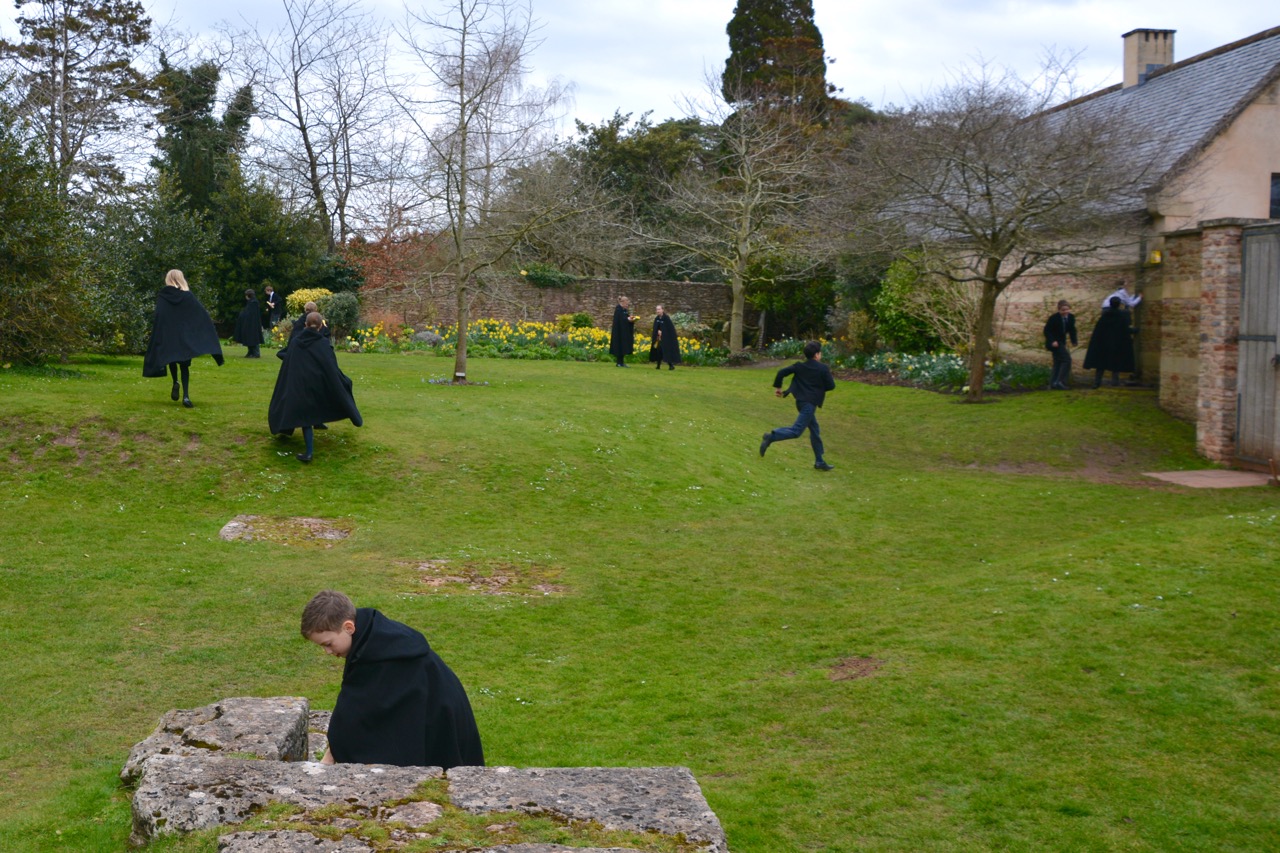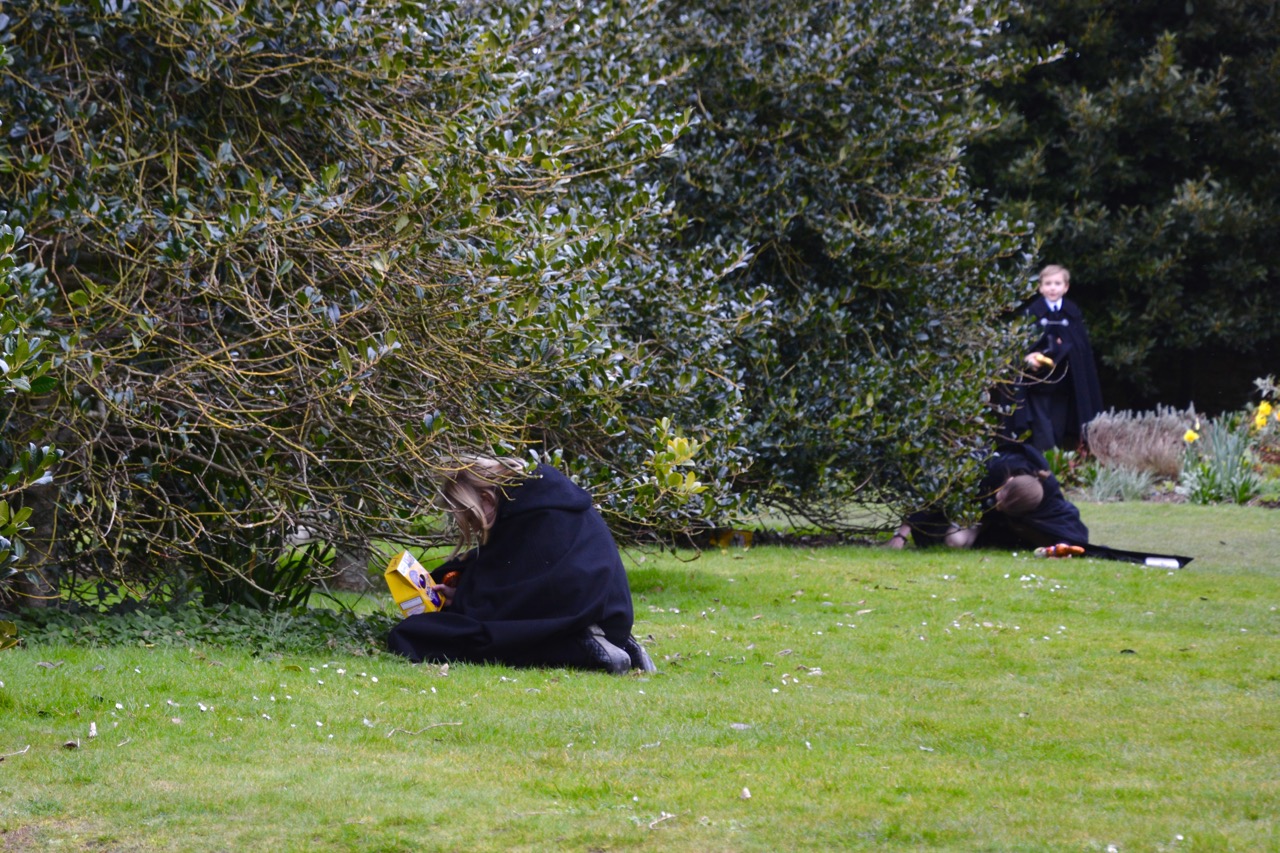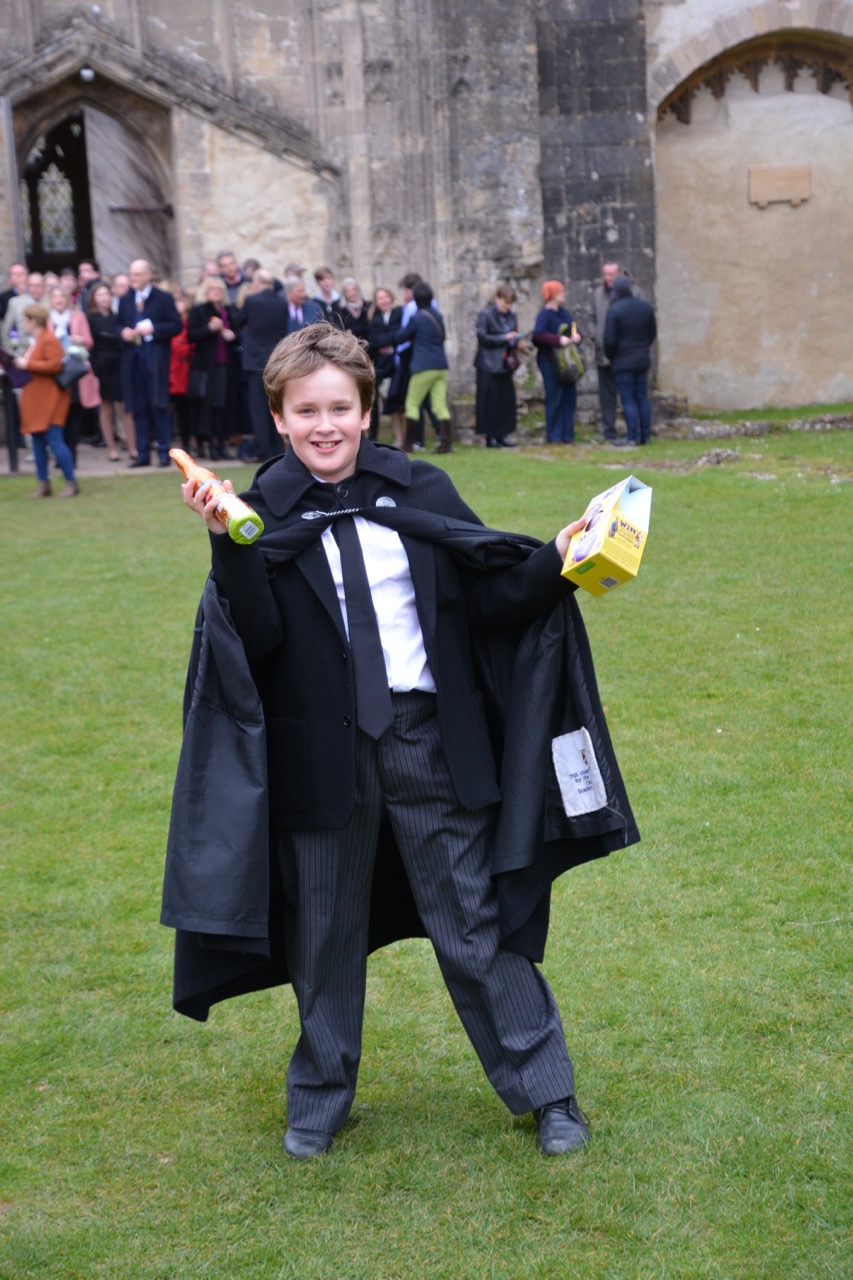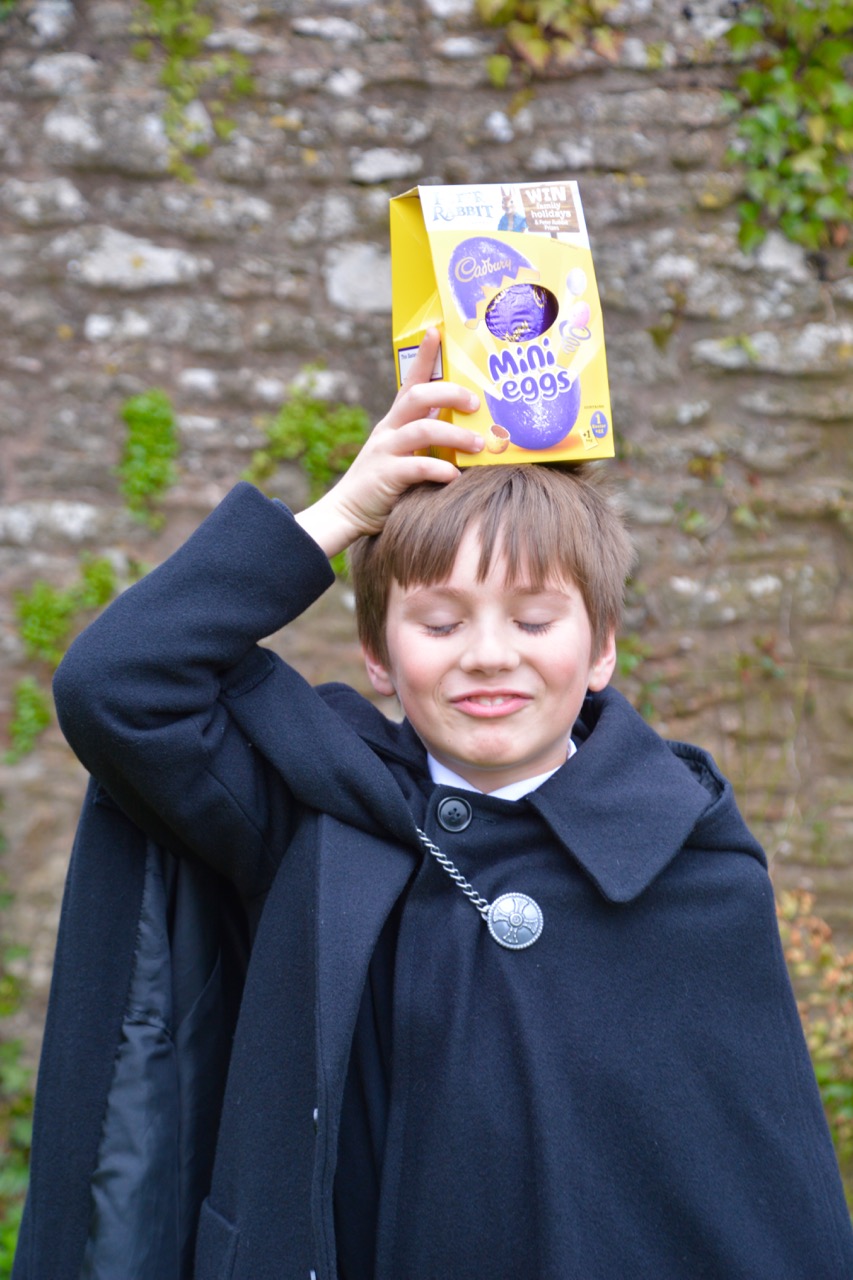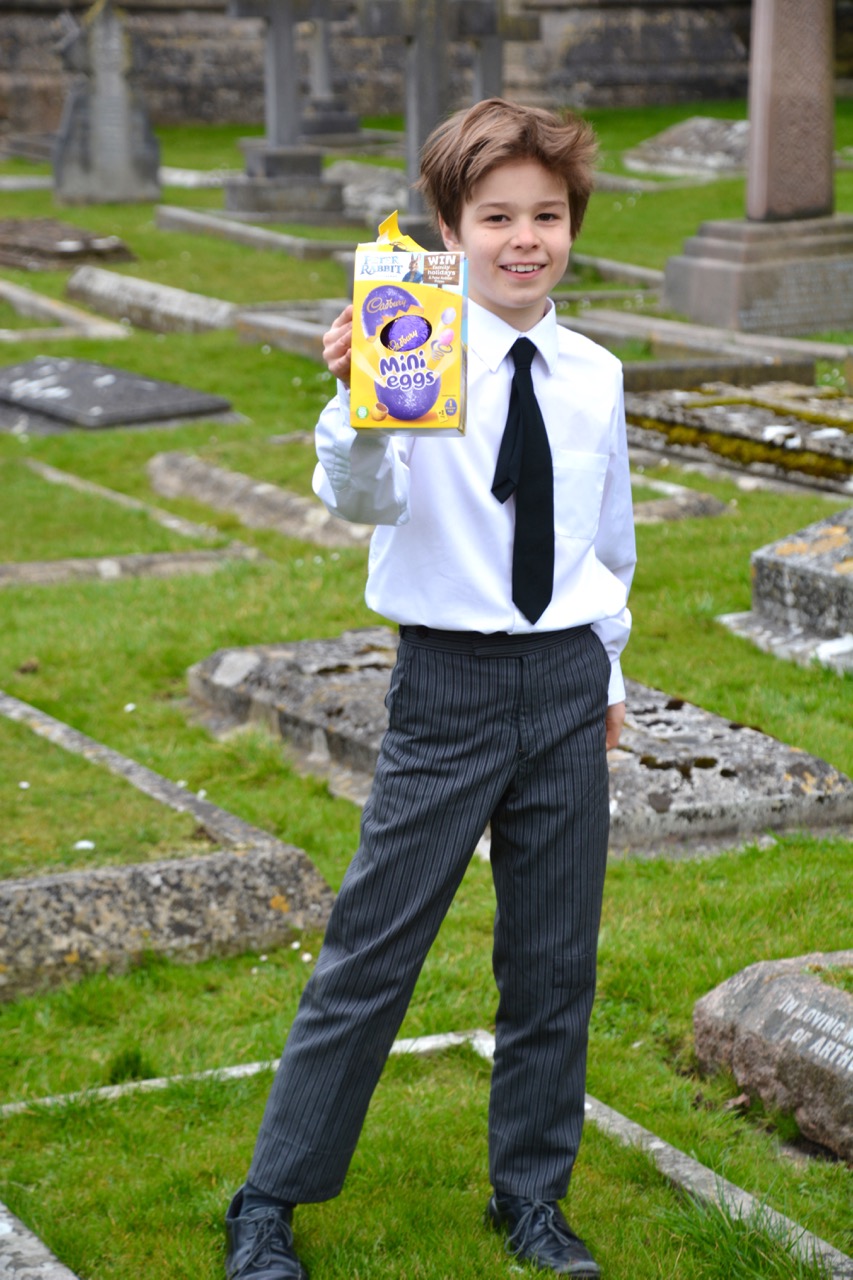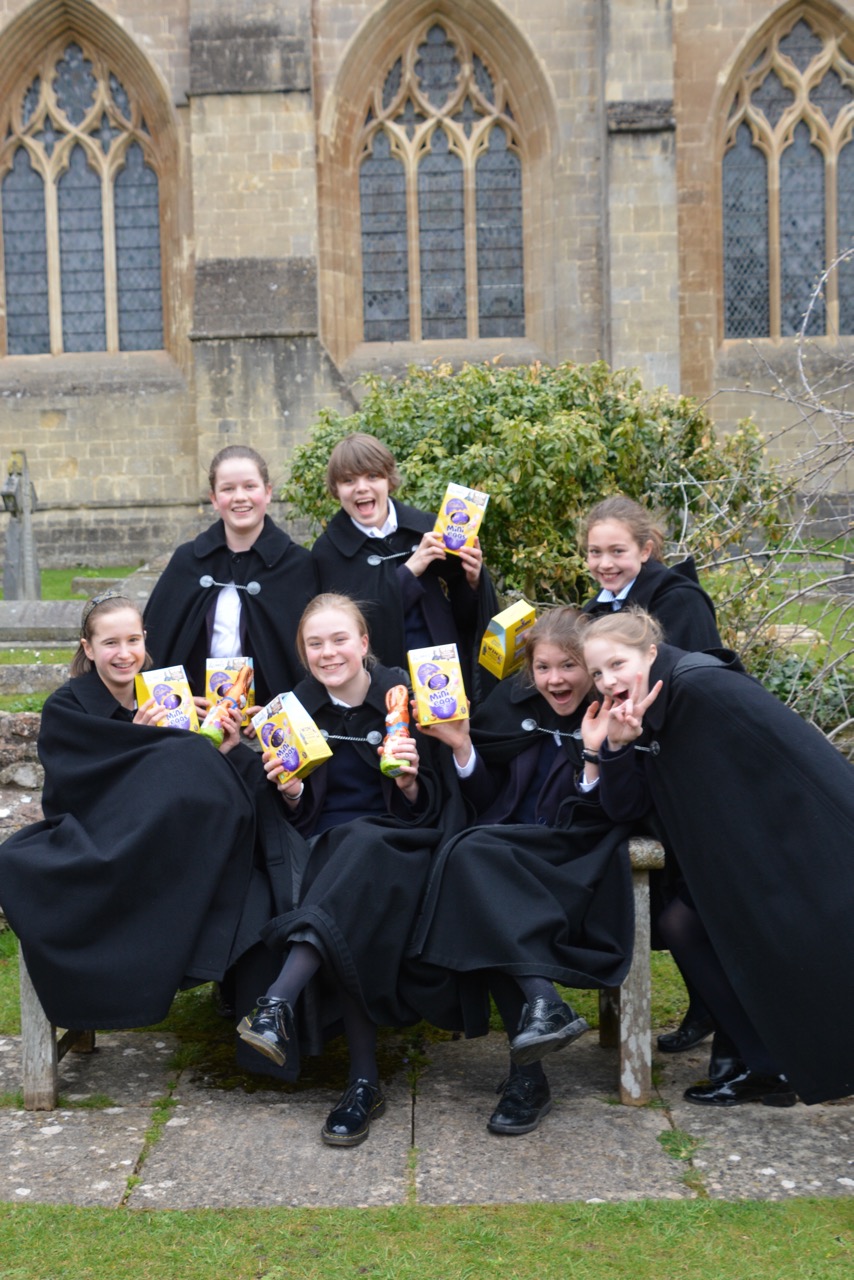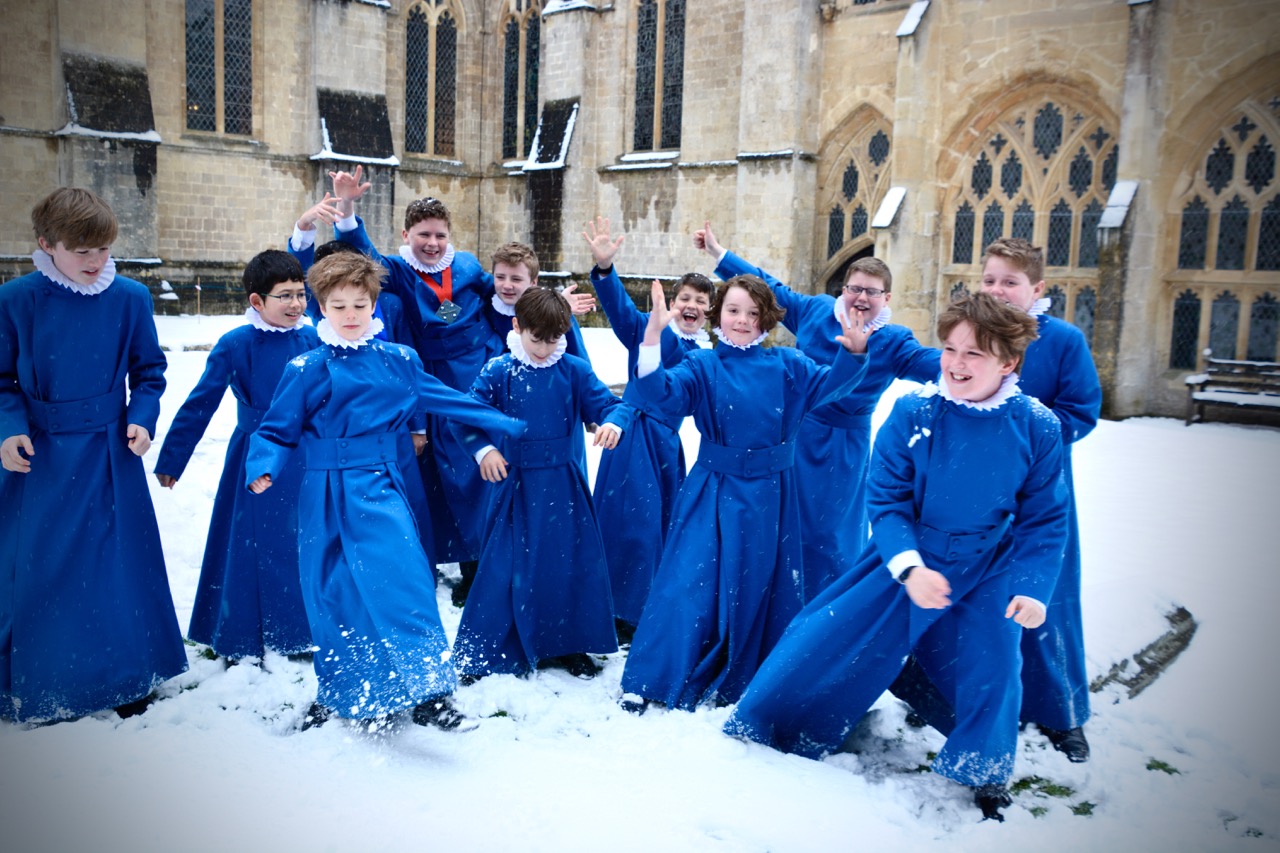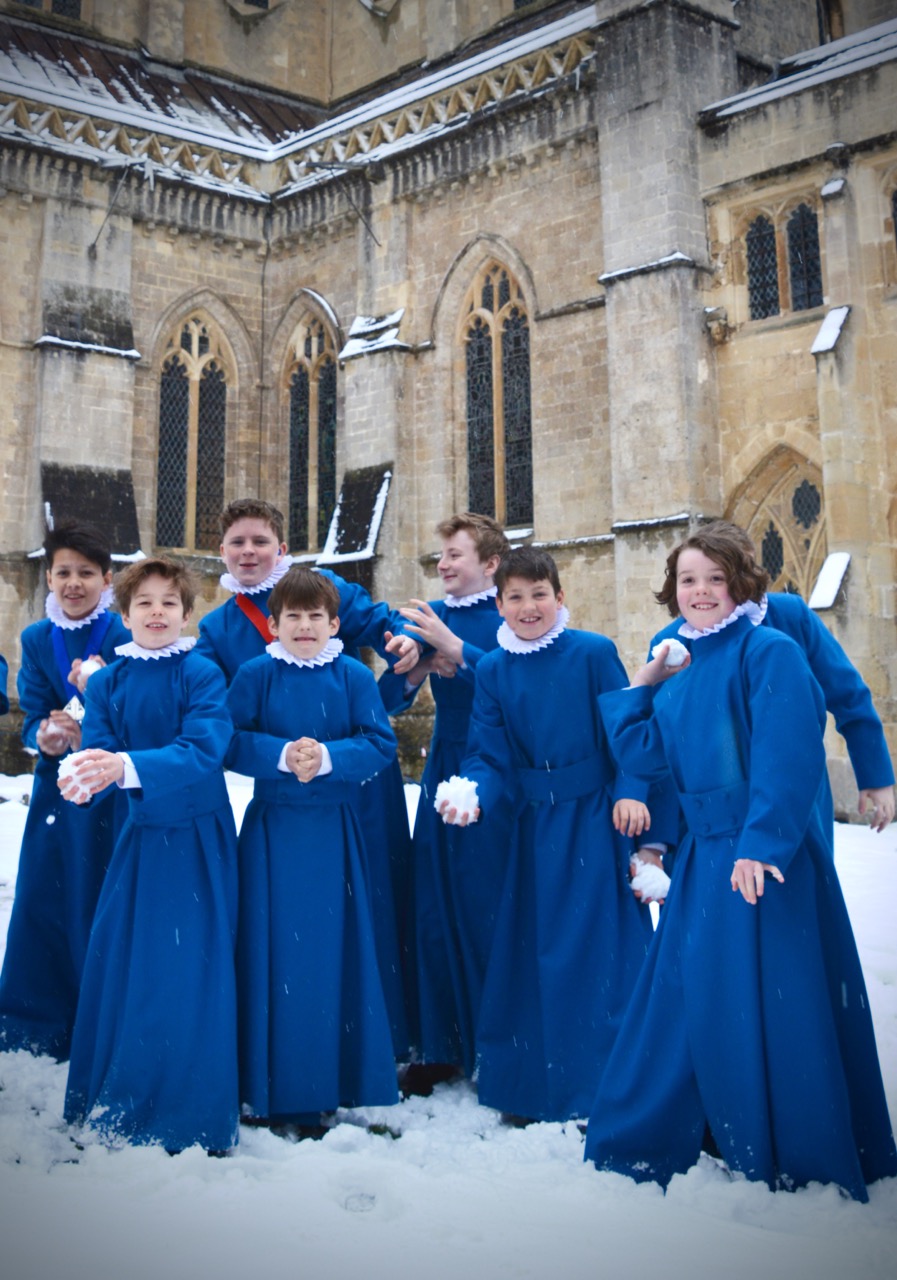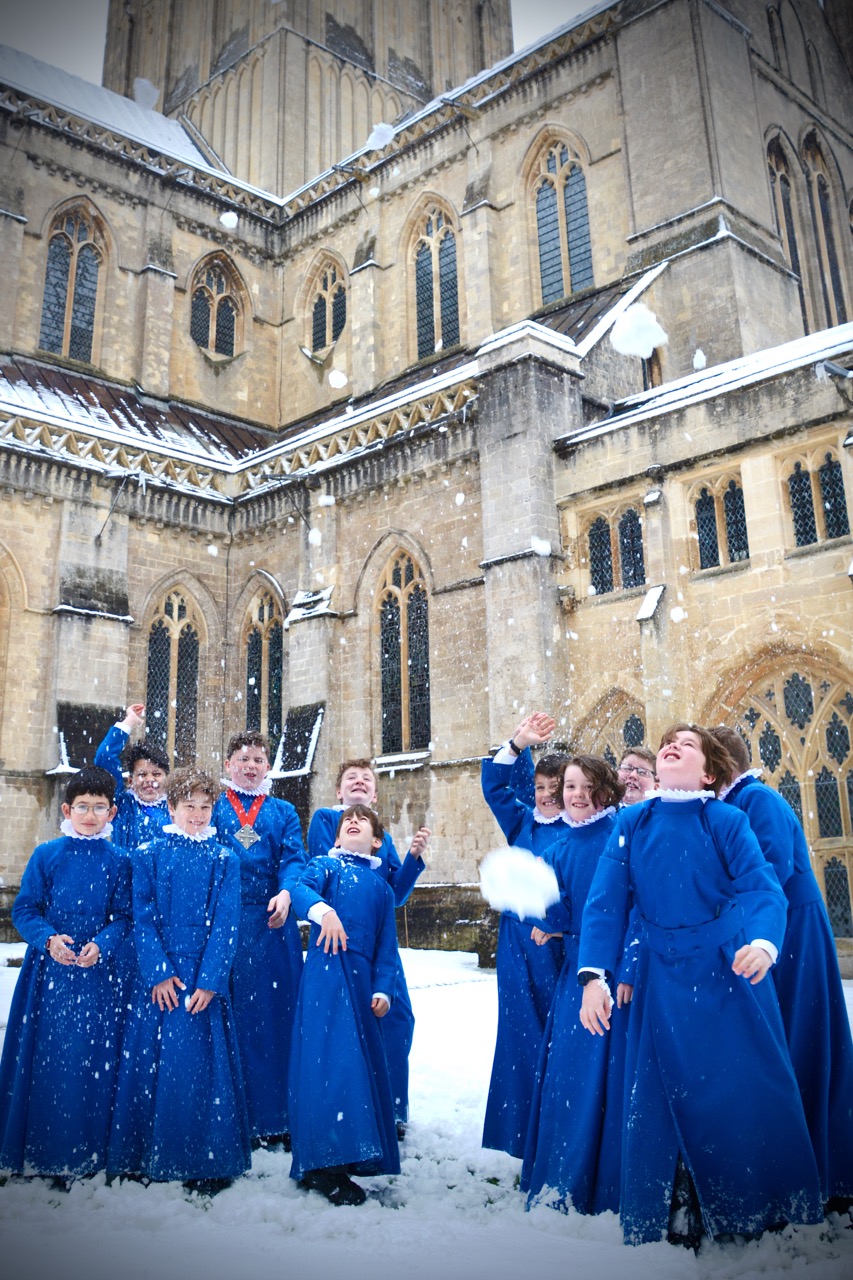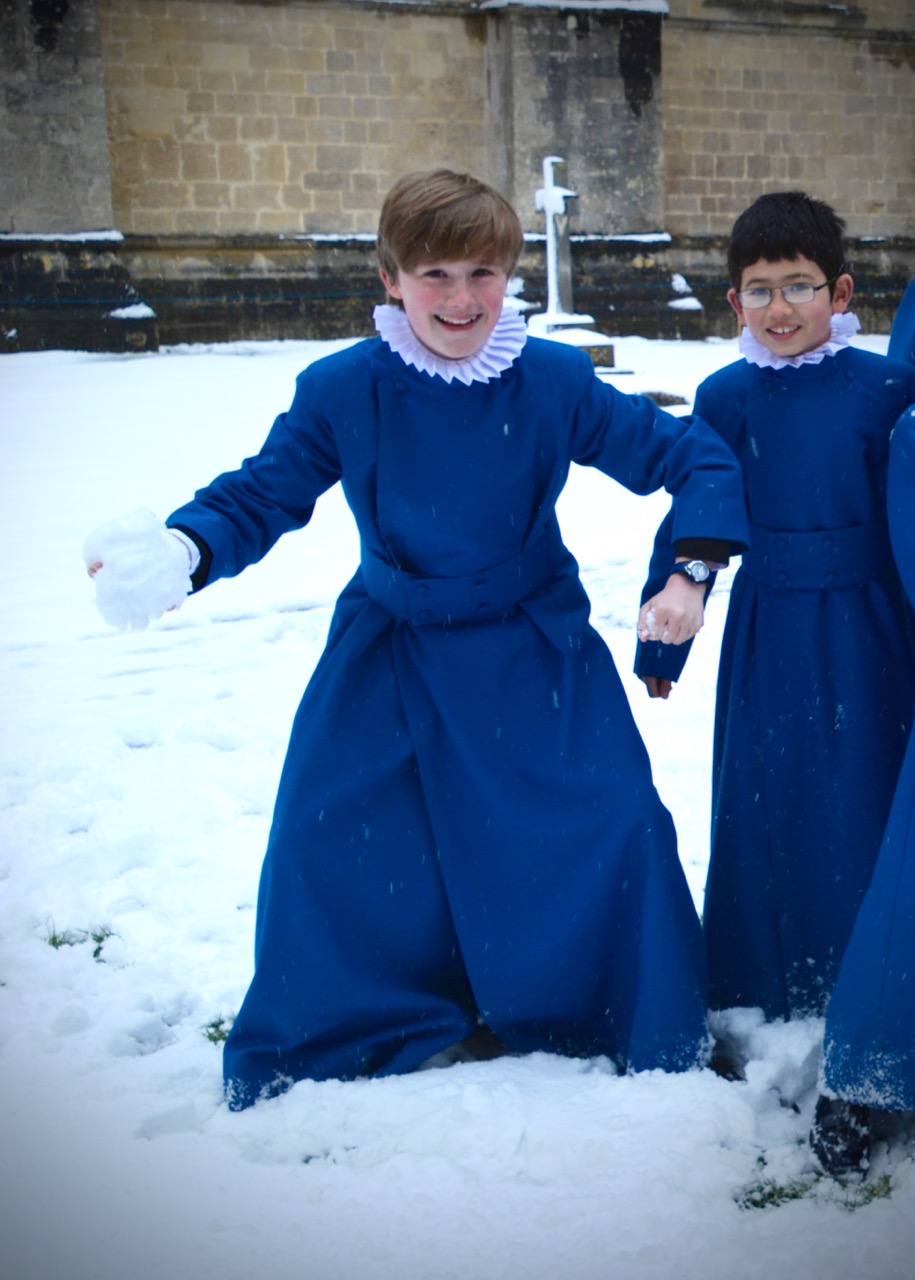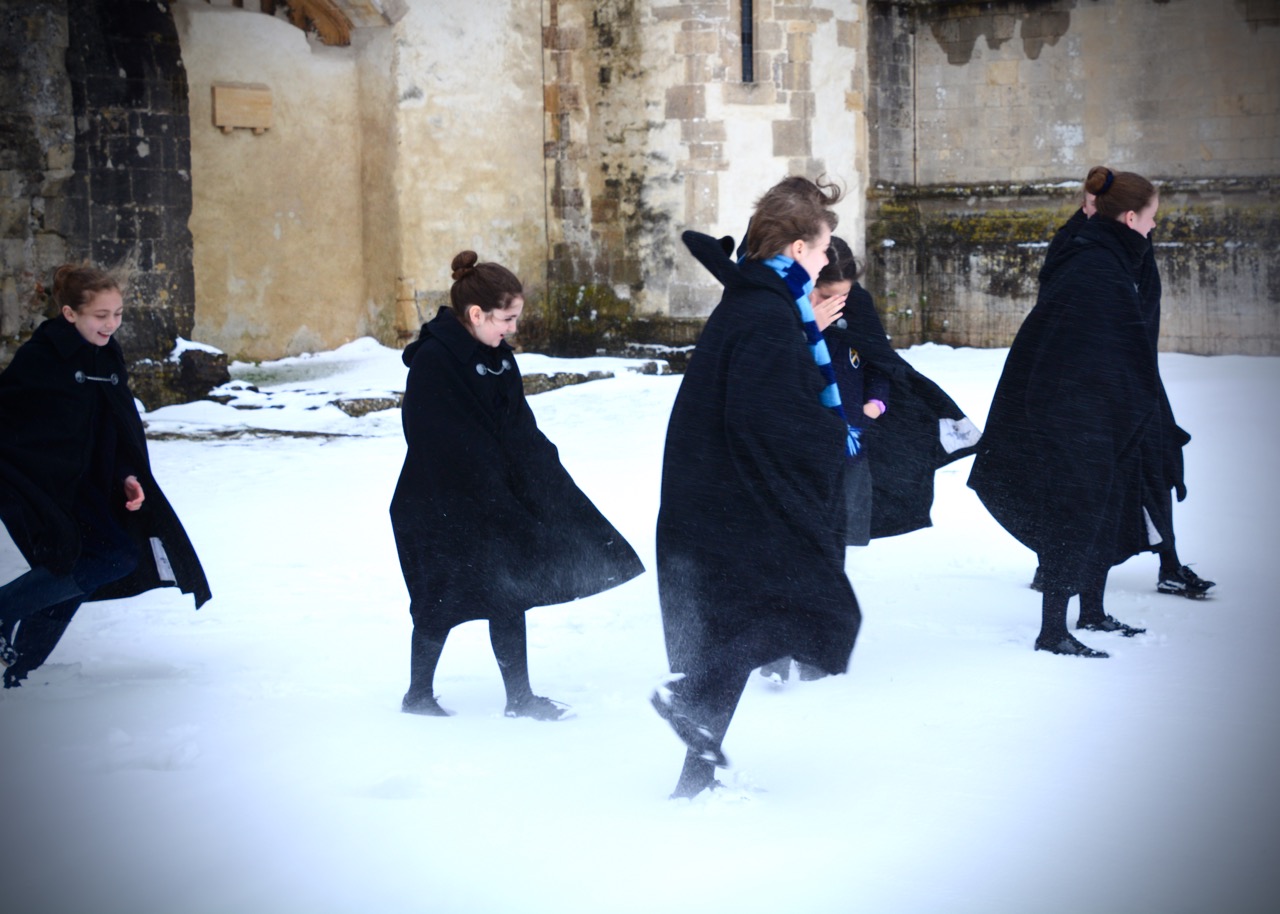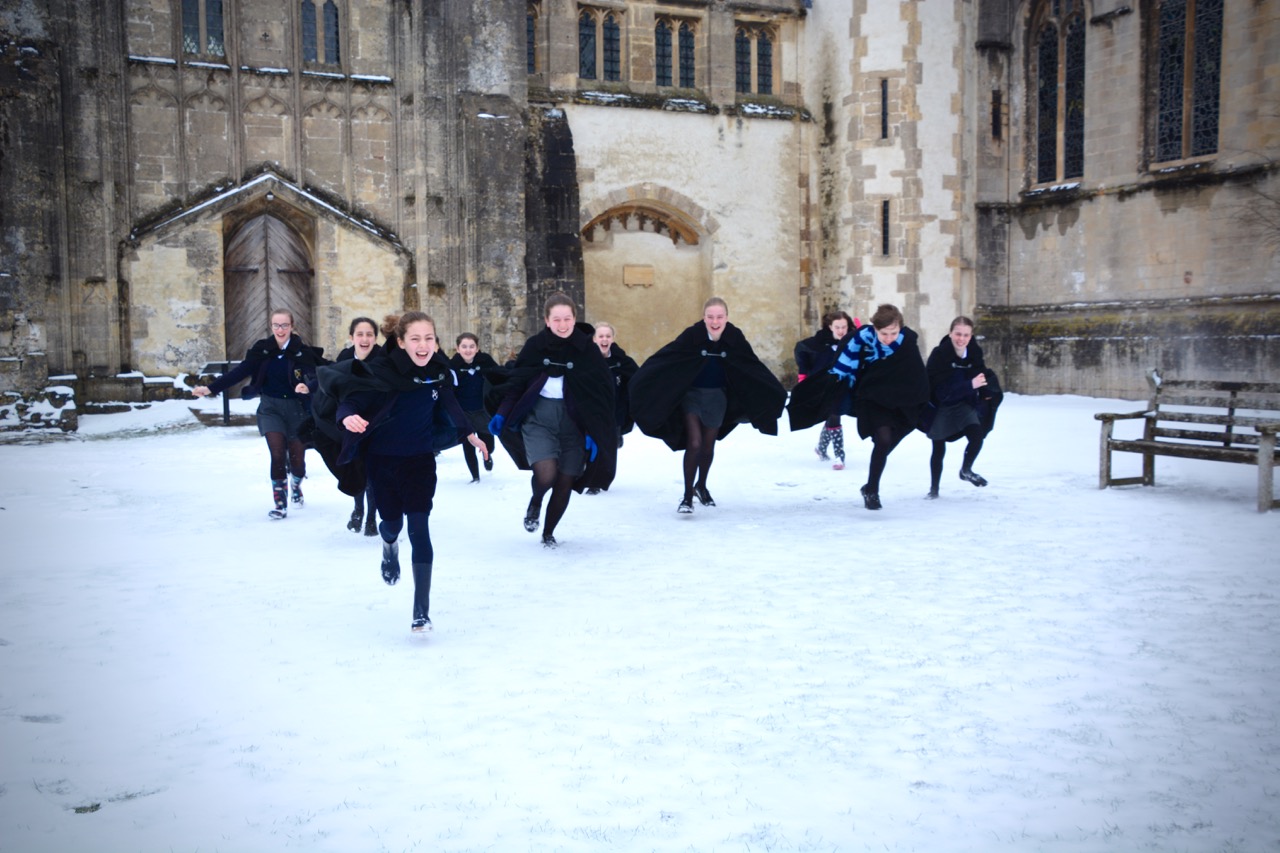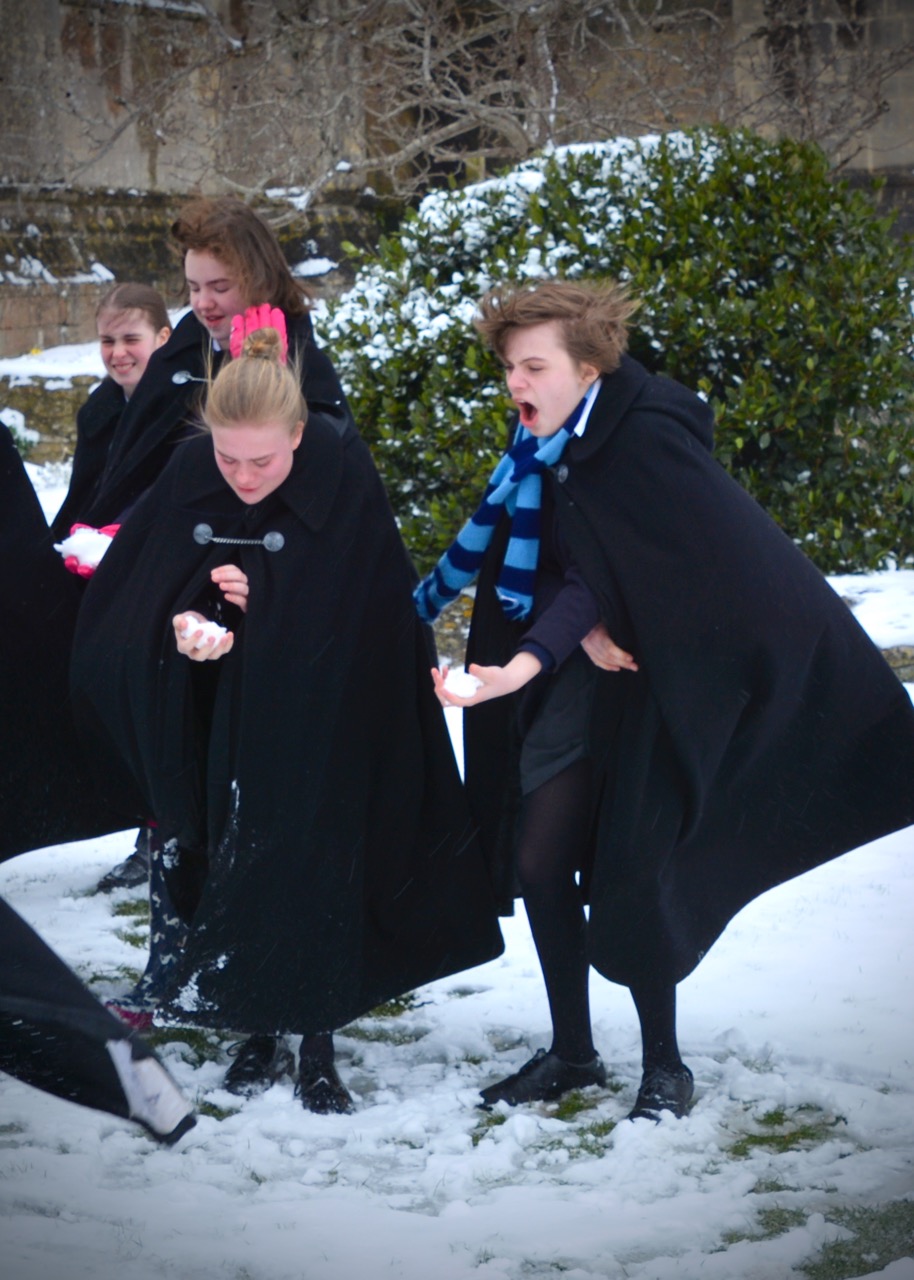The Cathedral Choir is honoured that distinguished composer Thea Musgrave, CBE, will visit Wells this weekend for two world premieres of her music. On Sunday 24 June 2018 the Cathedral will welcome Ms Musgrave to Wells for the first performance of two brand new pieces of music. Musgrave, who in 2018 is celebrating her 90th birthday, is a Scottish-American considered one of the most respected and exciting contemporary composers in the Western world.
Her Missa Brevis, funded by the Cathedral Commissions scheme (cathedralcommissions.co.uk), will be sung at the 9.45am Cathedral Eucharist. At the 3.00pm Evensong service there will be the first performance of the 'Collect for the Birth of John the Baptist' – part of the Cranmer Anthem Book (a project curated by Matthew Owens, which will see all the Collects from the Book of Common Prayer set to music over the next ten years).
Thea Musgrave CBE was earlier this month awarded The Queen's Medal for Music. The award was presented to Ms Musgrave by The Queen in an audience at Buckingham Palace on Thursday, 7 June 2018 (pictured above; Judith Weir, Master of the Queen's Music is in the background). She became the thirteenth recipient of the award, following Nicola Benedetti, who received the medal last year. Established in 2005 by Sir Peter Maxwell Davies, the award is presented annually to an outstanding individual or group of musicians who have had a major influence on the musical life of the nation.
Commenting on the award, Judith Weir said: 'Scottish-born composer Thea Musgrave has been a musical pioneer for many decades. With innovative use of space, sound and colour, her work has made rich contributions to numerous genres, including opera and orchestral music. Now aged 90 and resident in New York, she is still energetically at work, a warm-spirited, optimistic inspiration to her many listeners, performers and colleagues around the world.'
On receiving the award, Ms Musgrave said: 'Although much of my career has been on an international stage, this medal represents my British heritage. It also recognises the impact my Scottish roots have had on my music - which continue to inform and nourish my work and anchor my role in the world.'


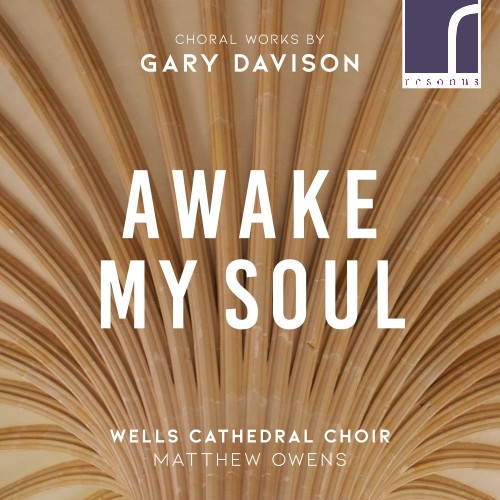

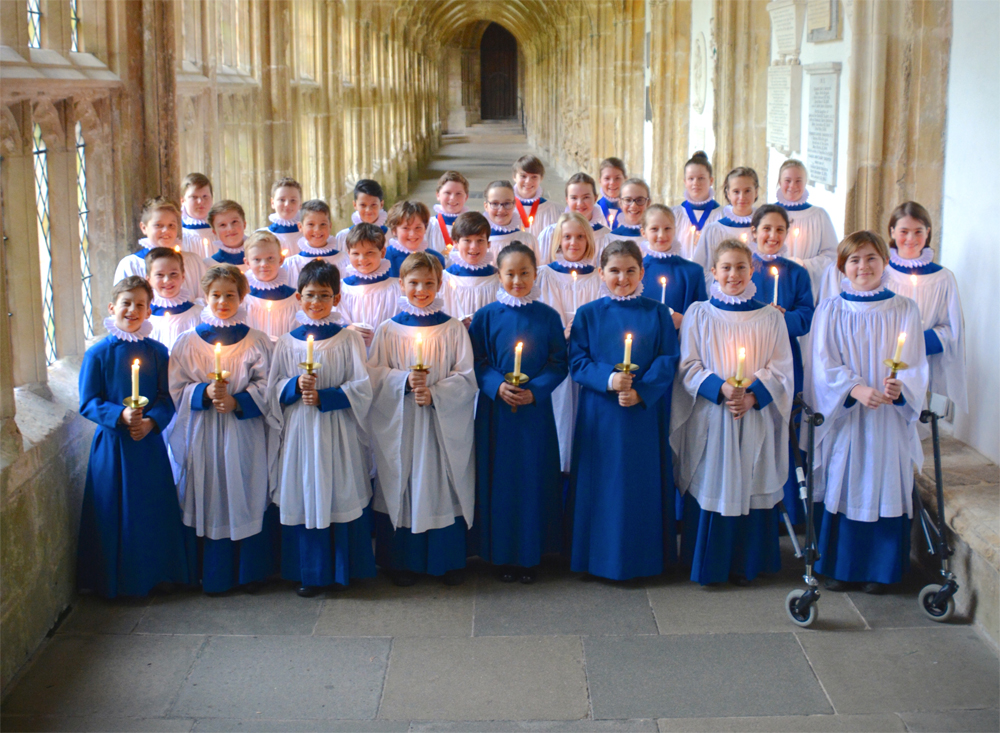
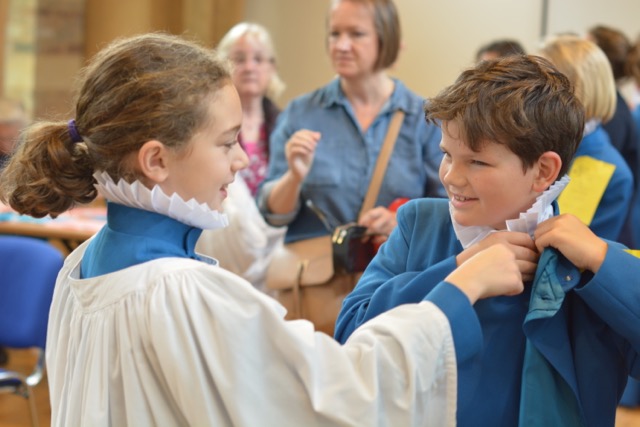
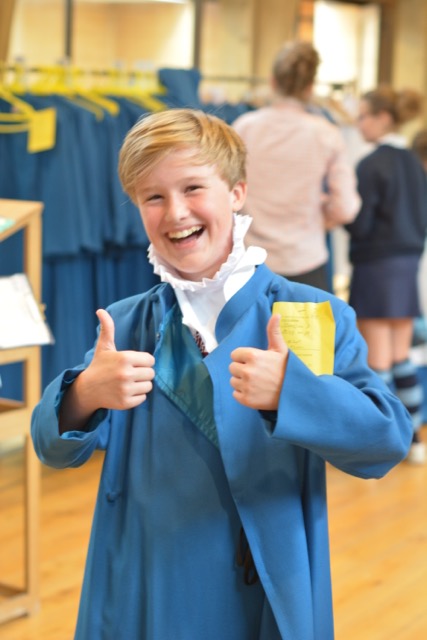





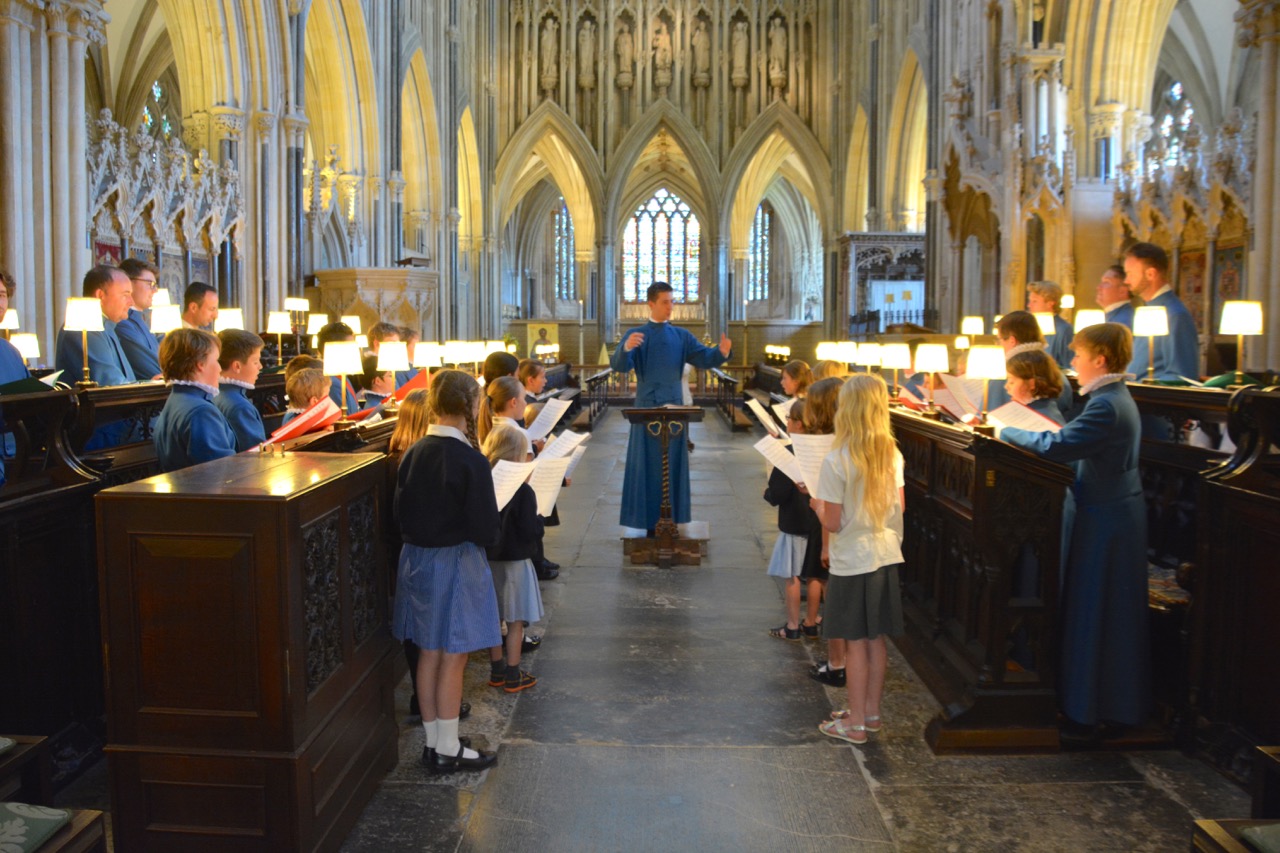
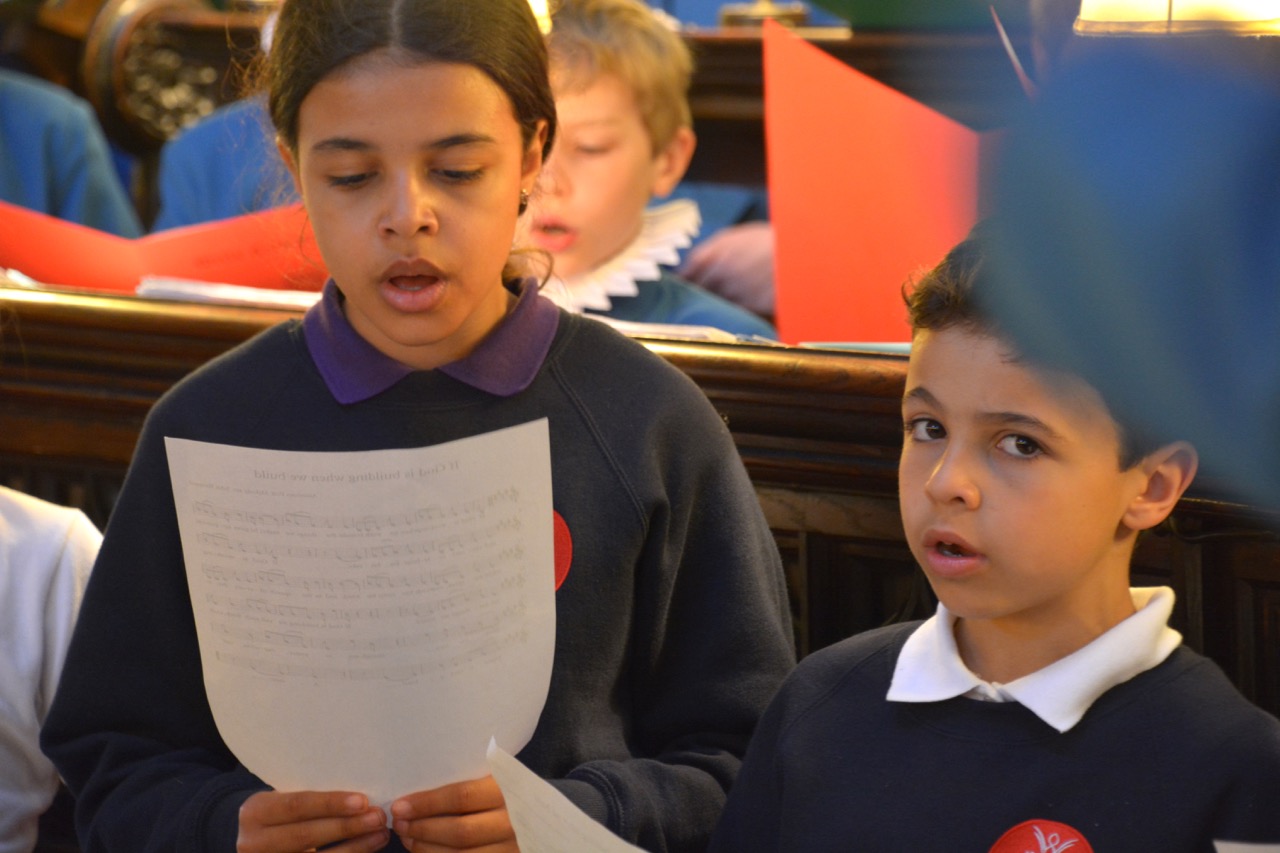
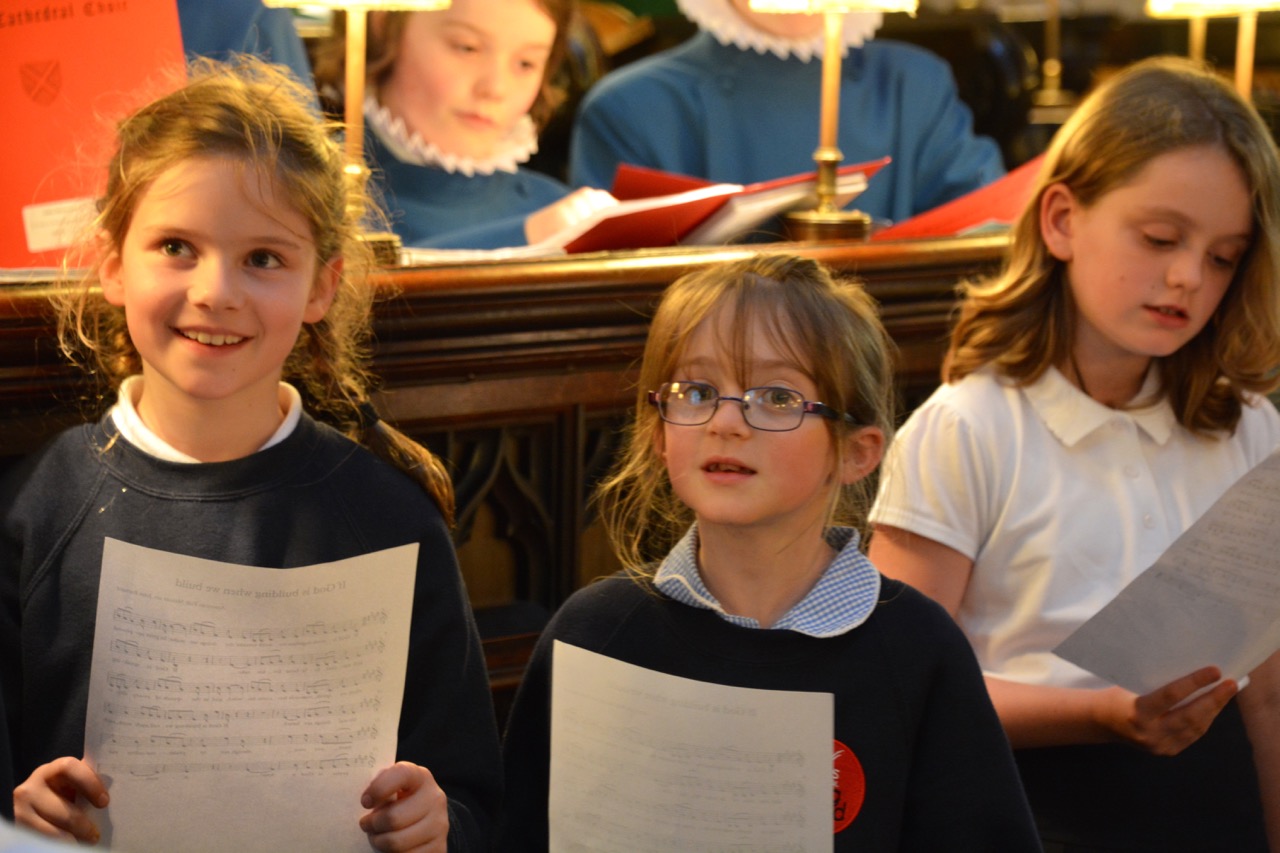
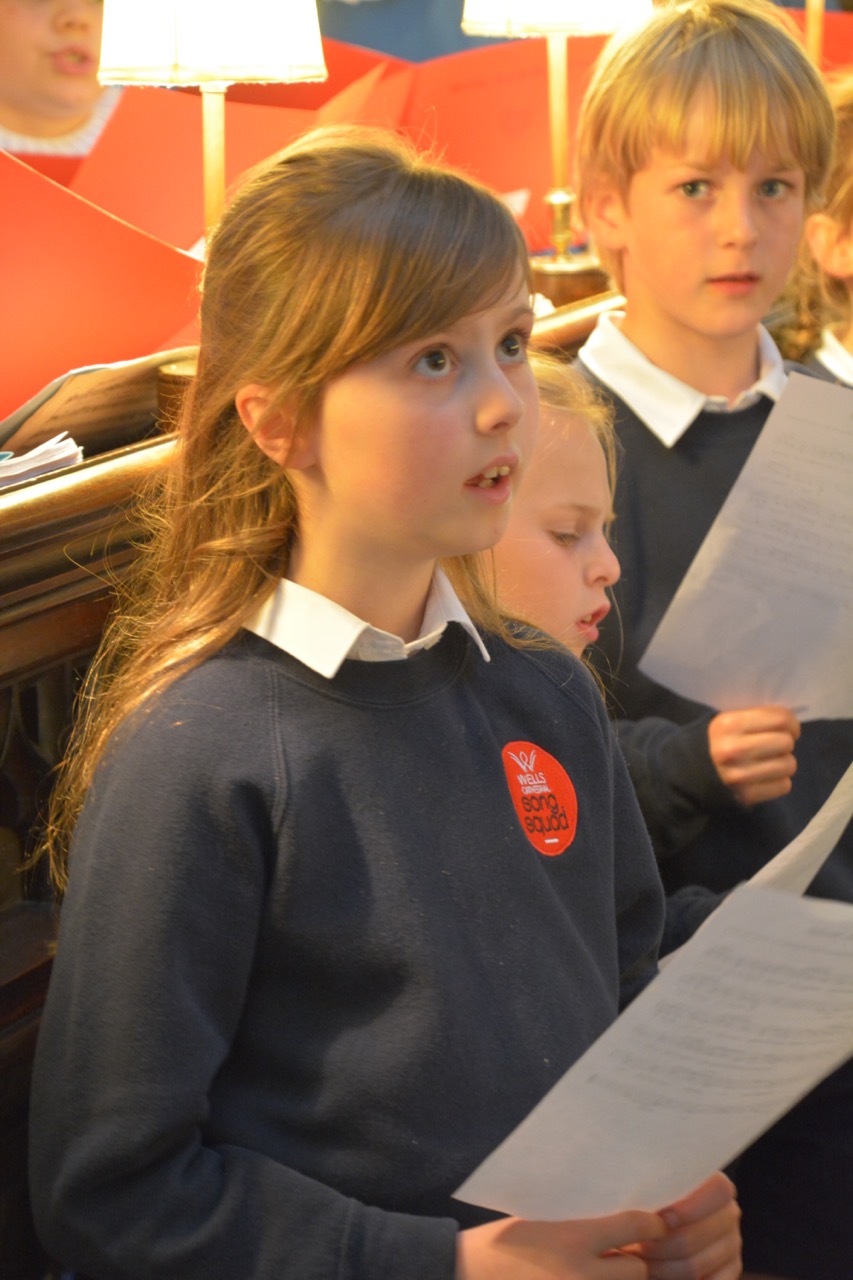
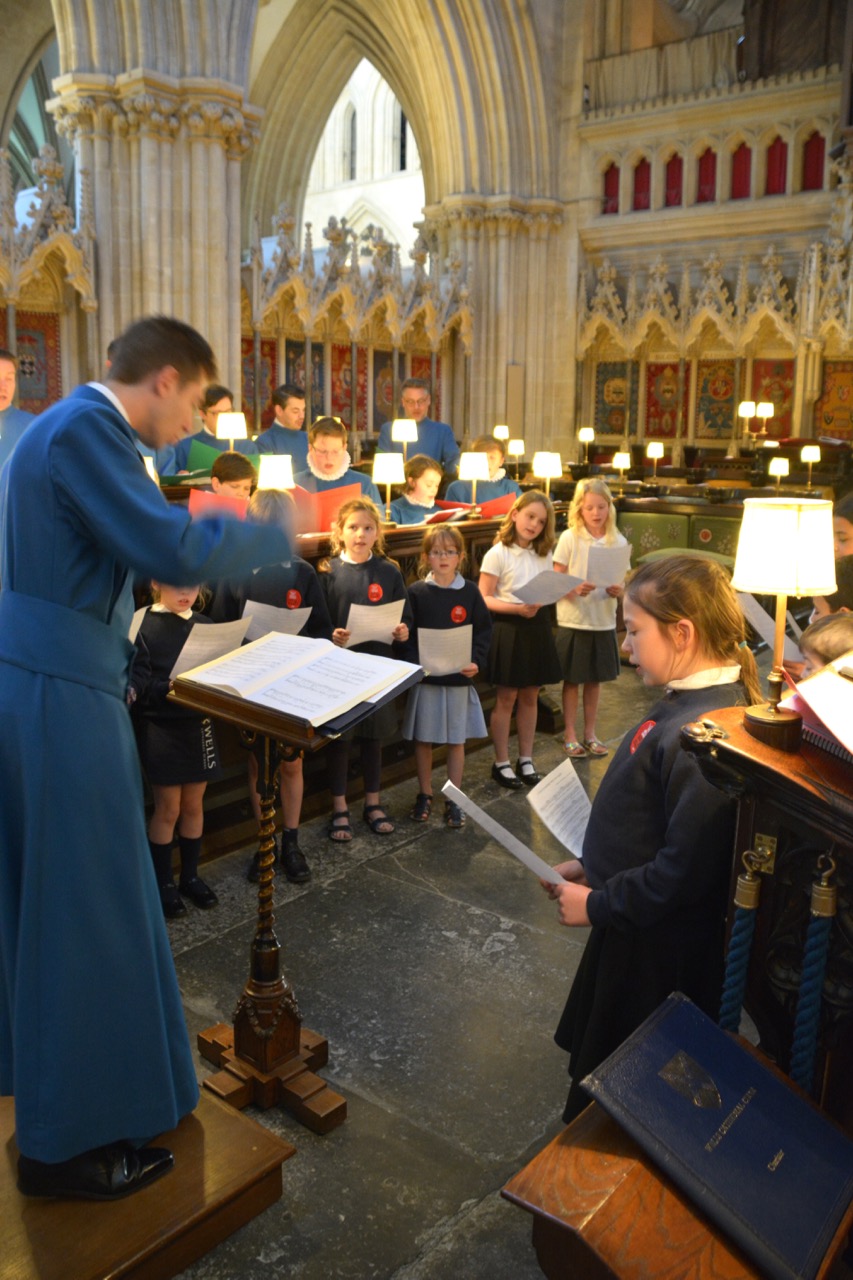
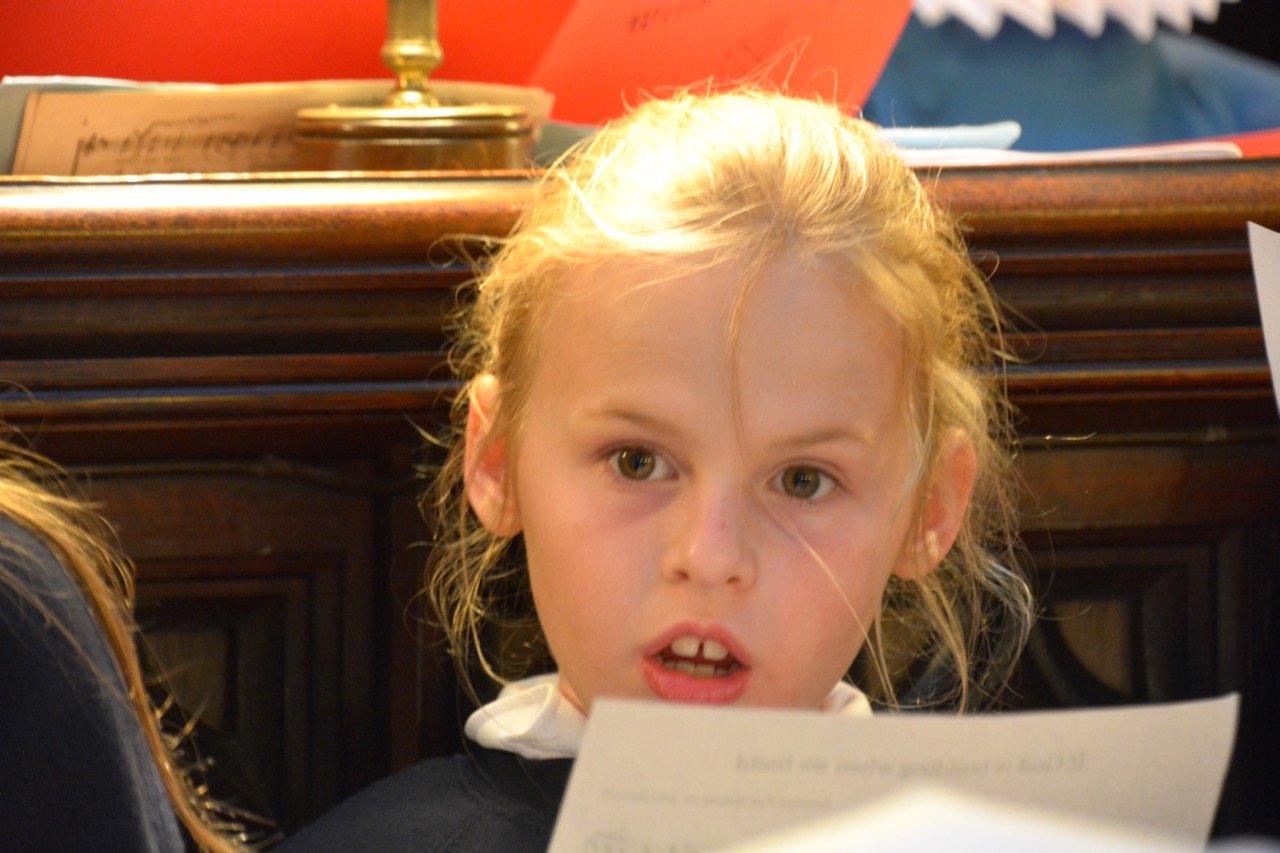
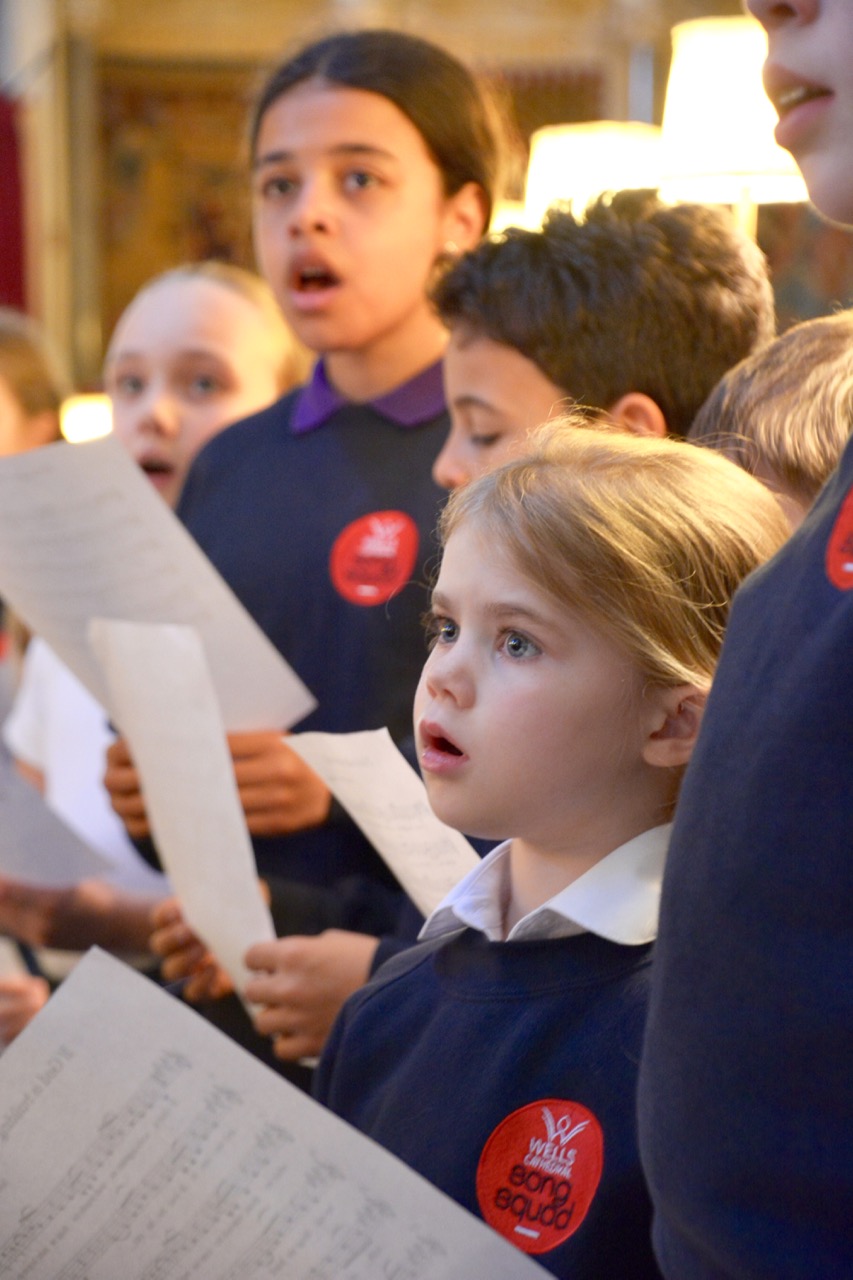

![Following Taylor's final service last week, he and some of the boy choristers past and present celebrated outside the West Front [Photo courtesy of Jacinth Latta]](https://images.squarespace-cdn.com/content/v1/57276fc98259b57662112858/1526122689120-ONFHI9RJSJU2FEVEG2L3/Taylor+1.jpg)
